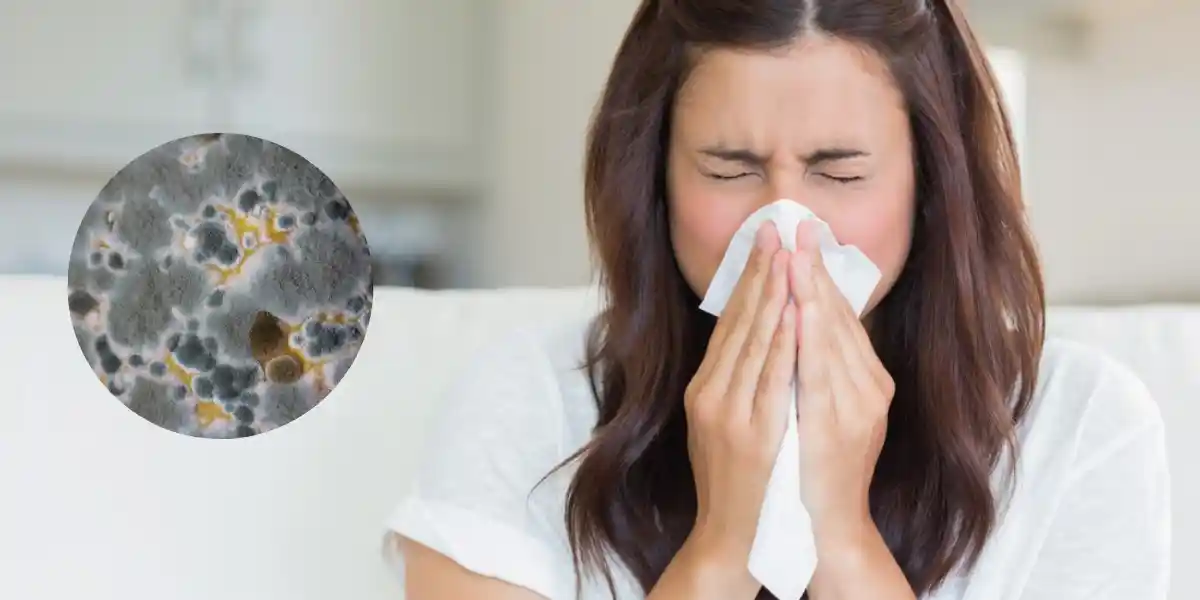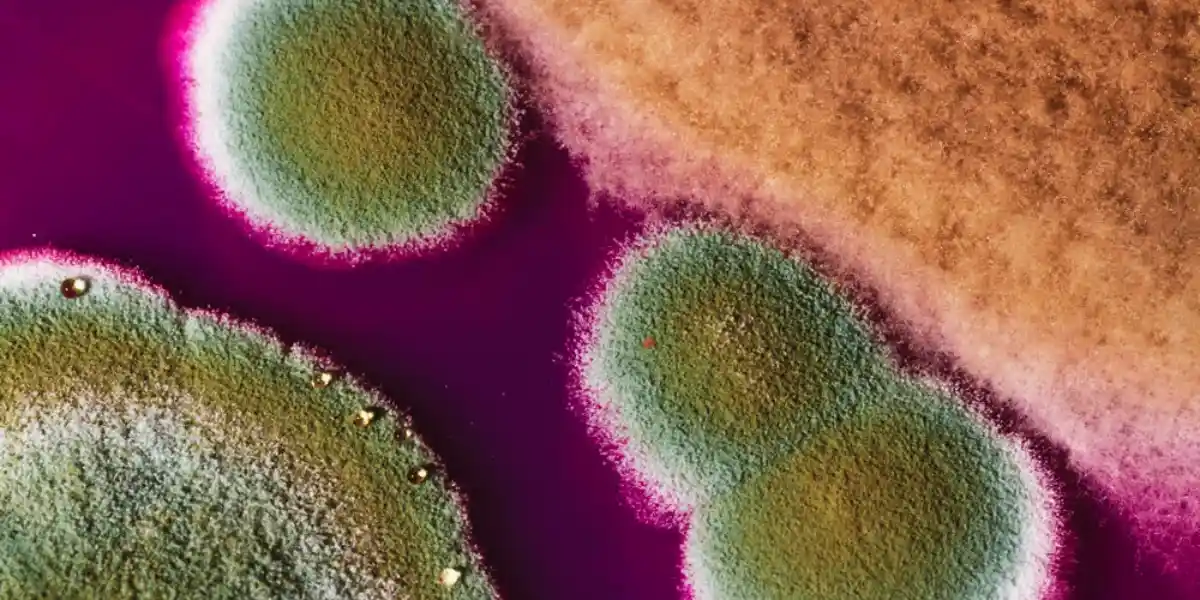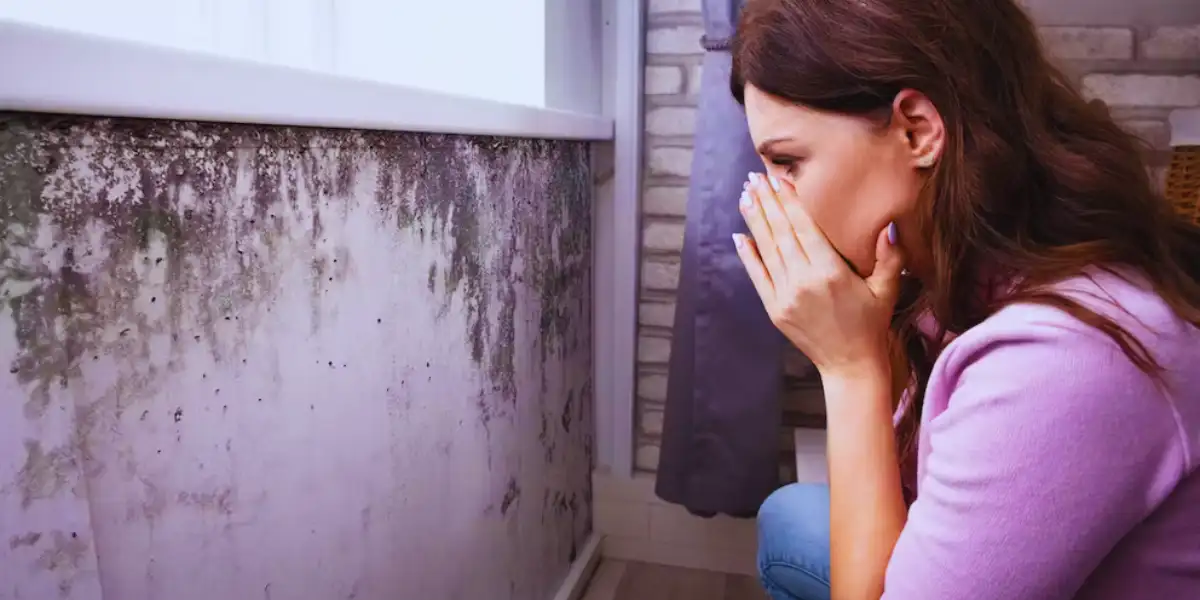Mold toxicity can make us seriously ill, but it’s overlooked quite often. Whenever we speak about diseases, bacteria, and viruses are often the main culprit. But, a mold growing over your wall or a corner of your room can also be potentially hazardous to your health. From short-term allergic reactions to more serious lung infections and long-term mental and psychological issues, molds can pose serious threats.
That’s why it’s essential to understand what mold toxicity is and what are the symptoms. Read along to learn the risks associated with mold toxicity and take charge of your health.
What Is Mold Toxicity? Explore It’s Symptoms

Mold toxicity, sometimes also called mold illness or mycotoxicosis is the adverse health effects caused by mold. A few molds produce toxic substances called mycotoxins that are a serious health hazard. When inhaled, these mycotoxins can create a variety of health issues.
The seriousness of the illness depends on the types of mold, the kind of mycotoxins produced, and the level of exposure. In any case, mold toxicity can create a range of issues that may appear as a simple allergic reaction to more serious lung or neurological issues.
10 Warning Signs of Mold Toxicity
Identifying mold toxicity early can help minimize the potential health issues caused by mold exposure. Keep an eye on these symptoms and consult your doctor immediately;
1. Respiratory problems, allergic reactions, asthma, bronchitis
Molds release billions of tiny spores in the air; when inhaled, these spores can irritate the respiratory tract leading to symptoms like sneezing, nasal congestion, etc. These spores can cause inflammation in the airways triggering asthma and exacerbating the condition. Some mold strains like aspergillosis lead to long infections in immuno-compromised people.
2. Sore throat, hoarseness, cough
If you experience soar throat, hoarseness, and cough, it could be due to mold toxicity. Airborne spores can lead to the irritation of the respiratory tract. The throat, being a sensitive area might become inflamed causing the soar throat. In some cases, the irritation can also spread to vocal chords causing hoarseness. When the body tries to expel the irritants, it can trigger coughing.
3. Stomach pain, nausea, digestive problems
Mold exposure can also lead to digestive issues. Mycotoxins produced by mold can disrupt the normal functioning of the digestive system, resulting in nausea, bloating, and stomach pain. Furthermore, invasive mold infection of the gastrointestinal tract is a serious health issue in immunocompromised people. It can lead to life-threatening conditions if not taken care of promptly.
4. Headache and Migraine
If you suffer from dull or throbbing headaches, mold toxicity could be the culprit behind it. Mold spores when ingested trigger inflammatory responses. Mycotoxins released by mold can act as irritants, leading to blood vessel dilation and potential changes in brain functioning. It can cause headaches and migraines.
5. Exhaustion, tiredness, insomnia
Mold toxicity is a common cause of Fatigue and exhaustion. An inflammatory response triggered by mold spores could lead to exhaustion. Mycotoxins irritate long passages leading to reduced ability of oxygen intake. It results in fatigue; likewise, mold toxins are known to elevate oxidative damage and curb mitochondrial function, leading to tiredness and fatigue.
6. Burning, red eyes
Airborne mold spores can cause eye irritation. Besides, people with heightened mold sensitivity can experience more pronounced eye irritation and burning sensation.
7. Rash, eczema, redness
Rash, eczema, and redness are common signs of mold allergy. People sensitive to mold, when exposed experience skin issues like atopic dermatitis. Likewise, people already suffering from eczema may find their situation worsens when exposed to mold spores.
8. Neurological Issues
Mycotoxins can seriously impact the central nervous system leading to issues like memory loss and cognitive decline. Besides, people can also experience difficulty in concentration and dizziness.
9. Lung and heart diseases
Mold toxicity is known to cause several respiratory issues. It can have a systematic effect that cold indirectly leads to cardiovascular issues too. Besides, a fungal infection particularly, aspergillus can cause myocarditis which is the inflammation of the middle layer of the heart.
10. Infectious diseases
Mold issues typically stem from the inhalation of spores that can cause several health issues. In immunocompromised people, prolonged exposure to mold can create favorable conditions for the rapid growth of bacteria and viruses. It could lead to serious secondary infections that may pose significant health risks.
Mold Key Characteristics
- Molds can be of different colors, the fruiting body is responsible for the respective color.
- Green mold is the most common but least toxic.
- Black mold, specifically, Stachybotrys is a highly toxic mold.
- White mold, often the most common one found in the home can irritate the mucous membranes and might turn into black mold.
- Mold reproduces through tiny spores that are invisible to the eye
Most Common Types of Molds That Causes Health Issues

There are over 1.5 million known species of molds, but primarily only five categories of mold species are the most toxic and create health issues in humans;
- Stachybotrys – A black mold generally found inside homes. It produces mycotoxins that can cause long bleeding.
- Aspergillus – A green and highly toxic mold commonly found on wood. It can cause lung infections and allergies.
- Alternaria – A common mold that can cause asthma and hay fever.
- Geotrichum – A powdery white mold, most common in temperate climates. It worsens lung infections and could cause fatigue, headaches, and eye irritation.
- Trichoderma – It’s a white mold with a green spot and can trigger liver infections and aggravate lung issues.
- Chaetomium – Chaetomium can appear white, gray, or olive. It is highly toxic and can aggravate auto-immune diseases.
- Bipolaris – It’s a silky white mold that turns green over time and is often found in grass and water-damaged places. It can cause asthma, allergies, sneezing, and nasal congestion.
Factors that Support the Growth of Mold at Homes
Molds love dark and damp environments, but other factors can also contribute to their growth;
- Inadequate ventilation leads to moisture buildups.
- Improper ventilation in closed packed like bathroom and kitchen facilities mold growth.
- Moisture retained in carpets, walls, and other materials also promotes mold growth.
- Lack of lighting in certain areas leads to rapid mold growth.
- Dirt and dust buildup also offer a conducive environment for mold growth.
How to get rid of mold? Prevent Mold Toxicity

Mold can be a serious health hazard, therefore it’s critical to get rid of it as soon as possible. While extensive mold growth should always be handled by professionals, you can eliminate small growth at your home by yourself;
- Spray equal parts water and vinegar solution on the mold and scrub the surface with a long brush.
- Bleach can also be used to remove mold from walls and other places.
- Scrubbing mold with borax solution also helps eliminate it.
- Ammonia also inhibits the growth of mold. Spary Ammonia solution on mold, leave it for an hour, and then scrub it.
Summary
Mold might appear as a pretty harmless patch on your walls or closets and corners. However, they can create potential health issues. If you notice any warning signs of mold toxicity, it’s prudent to consult a doctor as soon as possible. Your prompt action can help you nullify mold toxicity and ensure good health.
References
- US Centers for Disease Control and Prevention. Basic facts: Molds in the environment. [Accessed February 15, 2016]. http://www.cdc.gov/mold/faqs.htm#affect. Updated May 22, 2014.
- World Health Organization. WHO guidelines for indoor air quality: Dampness and mold. [Accessed June 7, 2016]. http://www.who.int/indoorair/publications/7989289041683/en/. Published 2009.